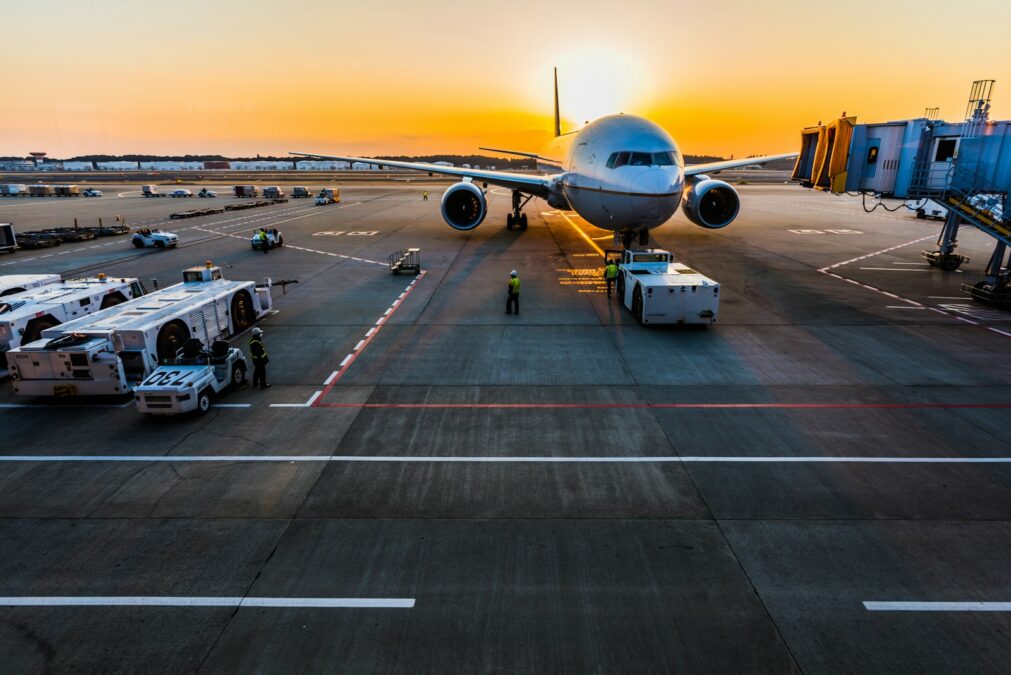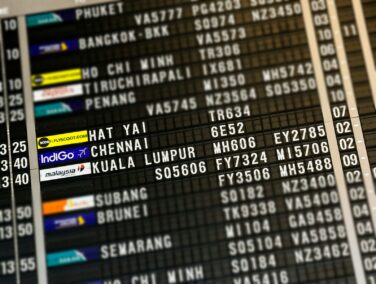Harnessing Data Insights for Enhanced Efficiency and Satisfaction
Data Analytics: The Compass for Navigating Passenger Needs
Data-Driven Airport Transformation, providing operators with invaluable insights to anticipate and meet passenger needs. By analyzing vast amounts of data, from passenger demographics to travel patterns and preferences, airports can tailor their services and amenities to create a more personalized and enjoyable experience. This data-driven approach allows for efficient resource allocation, ensuring that staff, facilities, and services are available where and when they are most needed.
Predictive Analytics: Anticipating Trends and Optimizing Operations
Predictive analytics, a powerful tool in the data-driven arsenal, enables airports to forecast passenger flow, identify potential bottlenecks, and proactively address them before they impact operations. This technology leverages historical data and machine learning algorithms to predict future trends, allowing for informed decision-making regarding staffing levels, gate assignments, security checkpoints, and more. By anticipating passenger needs and optimizing operations accordingly, airports can minimize wait times, improve passenger flow, and create a seamless travel experience.
Real-Time Data: The Pulse of Operational Efficiency
Real-time data is the lifeblood of modern airport operations, providing operators with up-to-the-minute information on flight schedules, passenger movements, and resource utilization. This data is collected through a variety of sources, including sensors, cameras, and mobile devices, and is analyzed in real time to identify and address any emerging issues. For example, real-time data can be used to monitor queue lengths at security checkpoints, enabling staff to adjust staffing levels or open additional lanes to prevent bottlenecks. By staying ahead of the curve, airports can maintain operational efficiency, minimize disruptions, and deliver a smooth passenger experience.
Smart Airports: Integrating Data for a Seamless Passenger Journey
The concept of the “smart airport” is rapidly gaining traction, as airports increasingly integrate data from various sources to create a unified and intelligent ecosystem. This integration allows for seamless communication between different systems and stakeholders, from airlines and ground handlers to retailers and security personnel. By sharing data and collaborating in real time, airports can optimize every aspect of the passenger journey, from check-in and baggage handling to security screening and boarding. The result is a more efficient, personalized, and enjoyable travel experience for passengers.
Data-Driven Innovations: Transforming the Airport Landscape
Data-driven decision-making is also fueling a wave of innovation in the airport industry. From personalized wayfinding apps that guide passengers through the terminal to AI-powered chatbots that provide instant customer support, technology is transforming the way airports operate and interact with passengers. These innovations are not only enhancing the passenger experience but also driving operational efficiencies and creating new revenue streams for airports. For instance, data analytics can be used to identify high-traffic areas in the terminal, enabling airports to optimize the placement of retail outlets and advertising displays to maximize revenue.
The Future of Data-Driven Airports: A Vision of Personalized Travel
The future of data-driven airports is bright, with the potential to revolutionize the travel experience for passengers around the world. As technology continues to advance, we can expect to see even more sophisticated data analytics tools and personalized services that cater to individual preferences. Imagine a future where your airport experience is tailored to your specific needs, from personalized recommendations for dining and shopping to customized wayfinding directions and real-time flight updates delivered directly to your mobile device. This is the vision of the data-driven airport, where technology and data insights converge to create a seamless, efficient, and enjoyable travel experience.
Embracing the Data-Driven Revolution: A Strategic Imperative for Airports
In conclusion, data-driven decision-making is no longer a luxury but a strategic imperative for airports seeking to remain competitive in the ever-evolving aviation industry. By harnessing the power of data, airports can gain valuable insights into passenger behavior, optimize operations, and deliver a personalized and seamless travel experience. The data-driven airport is the future of aviation, and those who embrace this revolution will be well-positioned to thrive in the years to come.
Data-Driven Sustainability: A Greener Future for Airports
Airports are increasingly recognizing the importance of sustainability, and data-driven decision-making is playing a crucial role in achieving their environmental goals. By analyzing data on energy consumption, waste generation, and carbon emissions, airports can identify areas where they can reduce their environmental footprint. This data-driven approach can inform decisions on everything from the use of renewable energy sources and energy-efficient lighting to the implementation of recycling programs and the optimization of ground transportation routes.
Data Security and Privacy: Protecting the Passenger Journey
As airports collect and analyze vast amounts of passenger data, ensuring the security and privacy of this information is of paramount importance. Robust cybersecurity measures must be in place to protect against unauthorized access, data breaches, and cyberattacks. At the same time, airports must be transparent about their data collection practices and give passengers control over their personal information. By prioritizing data security and privacy, airports can build trust with passengers and ensure the ethical use of data.
Enhancing Passenger Safety with Data-Driven Insights
Data-driven decision-making is also improving passenger safety at airports. By analyzing data on security incidents, passenger behavior, and operational processes, airports can identify potential risks and implement targeted security measures. This can include the use of predictive analytics to identify individuals who may pose a security threat, the deployment of facial recognition technology to streamline security screening, and the implementation of real-time monitoring systems to detect and respond to suspicious activity.
#DataDrivenAirports #PassengerExperience #AirportTechnology #DataAnalytics #SmartAirports #Innovation #Sustainability #Cybersecurity #PassengerSafety























